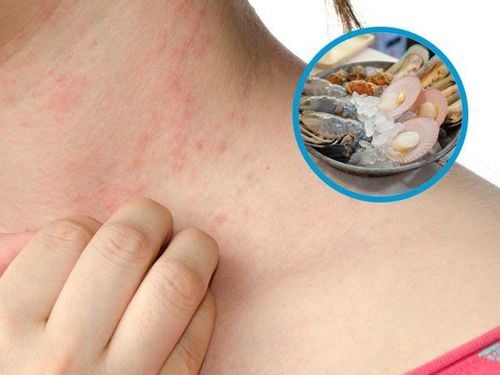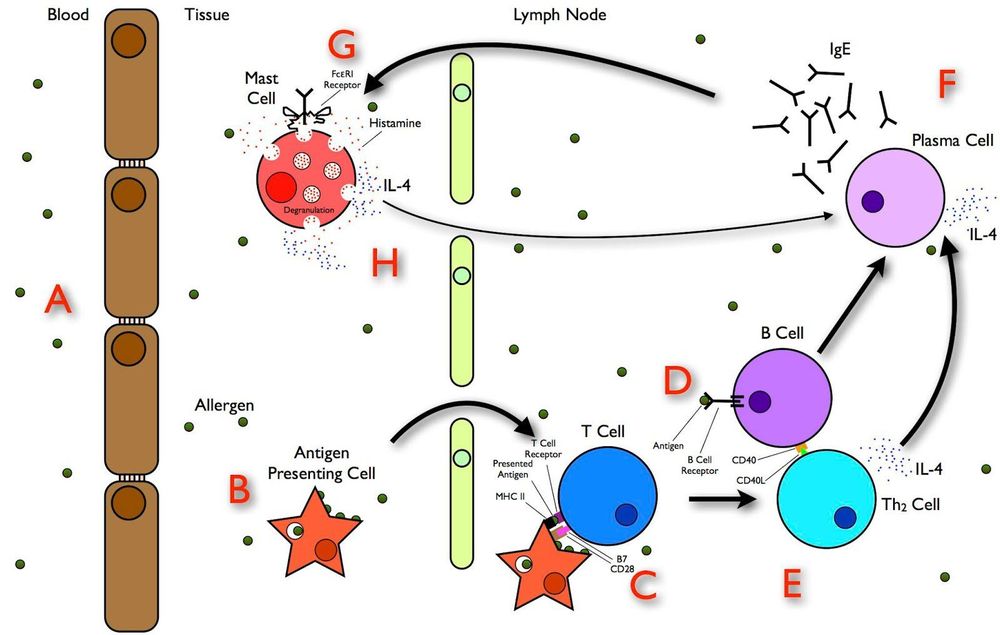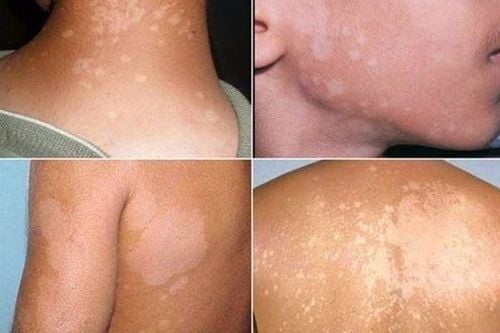This is an automatically translated article.
Allergy to seafood and shellfish is a common condition in many people, causing uncomfortable itching, rashes, and swelling of the face. And if not treated promptly, allergies can be life-threatening.1. What is a seafood and shellfish allergy?
Shellfish allergy is an abnormal response of the body's immune system to proteins found in certain seafood species. Shellfish can act as possible allergens, including allergies to shrimp, crab, oysters, lobster, squid, octopus, and scallops.
Some shellfish allergy sufferers react to all shellfish, while others react only to certain types, such as shrimp allergies. Symptoms can range from mild (such as a rash or stuffy nose) to severe symptoms (such as diarrhea) and even life-threatening in cases of anaphylaxis.
If you suspect you have signs of a seafood allergy, see your doctor for an accurate diagnosis with specialized tests. Once you've determined you have a shellfish allergy, you can take proactive precautions in the future.
Shellfish is one of the most common food allergens. At the same time, this is also one of the most dangerous types of allergies. The number of patients admitted to the emergency room for food allergies is always higher than for other types of allergies. Therefore, patients need to be diagnosed and proactively prevented with appropriate measures.

Hải sản có vỏ là một trong những thực phẩm gây dị ứng phổ biến nhất
2. Symptoms of seafood and shellfish allergy
Common symptoms of shellfish and shellfish allergy are:
Skin rash, itching and eczema (atopic dermatitis); swelling of the lips, face, tongue, throat, or other parts of the body; Wheezing, stuffy nose and trouble breathing; Abdominal pain, diarrhea, nausea or vomiting; Dizziness, lightheadedness, or fainting. Additionally, seafood allergies and food allergies in general can cause a serious, life-threatening reaction called anaphylaxis. This is a serious situation that requires emergency treatment with an injection of epinephrine (adrenaline) and immediate transfer to a hospital emergency room.
Signs and symptoms of anaphylaxis include:
Swelling or choking in the throat (airway constriction), making breathing difficult; Shock, severe drop in blood pressure; Rapid pulse; Dizziness, lightheadedness or loss of consciousness.
3. Causes of seafood allergy
All food allergies in general and shellfish allergies in particular are caused by the immune system overreacting to an allergen. Specifically, during the first exposure, the immune system recognized a shellfish protein as "harmful", leading to the immune system signaling, producing antibodies against that protein. (acts as allergen antigen).
Thus, in later exposures to proteins from seafood and shellfish, the immune system will release histamine and chemical mediators, causing allergy symptoms.
In fact, each shellfish contains different types of protein:
Crustacean seafood includes crab, lobster, crayfish, pink shrimp and other small shrimp; Molluscs include squid, octopus, clams, scallops, snails and oysters. Therefore, some people who are allergic to this type of seafood may eat other types of seafood and vice versa. However, there are people who cannot eat all shellfish.

Cơ chế gây dị ứng hải sản có vỏ
4. Who is susceptible to seafood and shellfish allergies?
The risk of seafood and shellfish allergies is increased if someone in the family is allergic to shellfish.
Although seafood allergy can occur at any age, it is more common in adults, especially women. Meanwhile, in children, shellfish allergies appear more often in boys.
5. Diagnosing Shellfish Allergy
To determine if the patient really has a seafood allergy, the doctor will conduct a skin test. Accordingly, a small amount of the allergen will enter the skin. If there is an allergy, there will be redness in that area after a few minutes, and mast cells will release histamine and chemical mediators.
Alternatively, your doctor may perform a blood test to diagnose a shellfish allergy. This test is called an allergen-specific IgE antibody test.
6. How to handle seafood allergy
There is currently no cure for seafood and shellfish allergies. Therefore, the best treatment is to actively avoid eating allergenic foods, such as shrimp, lobster, crab, and other crustaceans. Patients need to avoid seafood completely if there is a risk of a severe allergic reaction, causing anaphylaxis.
In case, the patient accidentally ingests any type of seafood and shows signs of an allergic reaction, epinephrine (adrenaline) is the first line of treatment for anaphylaxis. For milder reactions, like skin rash or itching, use antihistamines. Now that there are many over-the-counter antihistamines on the market, patients can be prepared in case they develop allergic symptoms after eating seafood and shellfish.

Nếu bạn nghi ngờ mình có dấu hiệu dị ứng với hải sản, hãy đến gặp bác sĩ để thăm khám chính xác bằng các xét nghiệm chuyên biệt
7. How to prevent shellfish and shellfish allergies
Although there is no cure, patients can completely prevent seafood and shellfish allergies with some of the following tips:
Learn the dishes carefully, especially the dishes for the first time. when eat; Avoid eating at seafood restaurants or shopping at fish markets. Some people develop allergic reactions even if they breathe in steam or odors while preparing seafood; Read food labels and canned foods. Food products and canned goods may contain shellfish. However, this ingredient is not declared on the label if it is a mollusc seafood, such as scallops and oysters. So, be careful with foods that contain unknown ingredients that are likely to cause you an allergic reaction, such as "seafood flavors", "fish origin"; Inform others of your seafood allergy. On flights where meals are served, you should proactively ask the flight attendant if there are fish or shellfish in the diet. When you receive an invitation to a party, let the host know about your allergies. If your child has a seafood allergy, notify the school, teacher or person in charge of taking care of the child in advance. Seafood is often the main food in meals and is a favorite dish of many people. However, if you are a person with seafood and shellfish allergies, you should be cautious, ready to handle and take medication in an emergency situation.
Please dial HOTLINE for more information or register for an appointment HERE. Download MyVinmec app to make appointments faster and to manage your bookings easily.
Reference source: Mayoclinic.org












